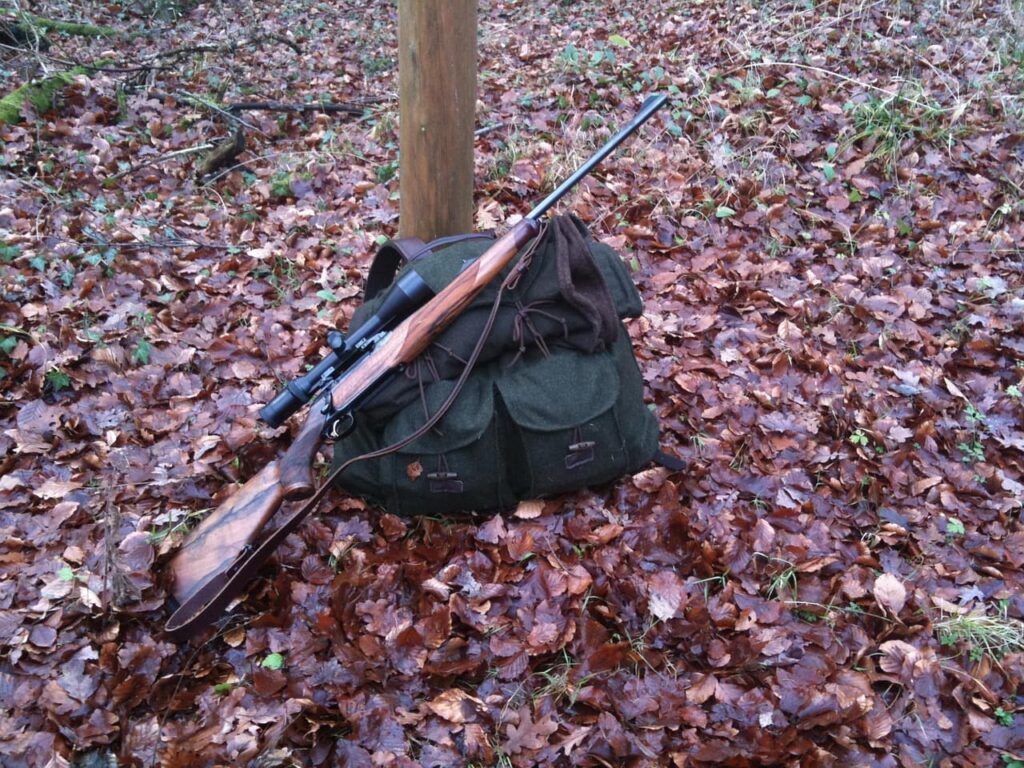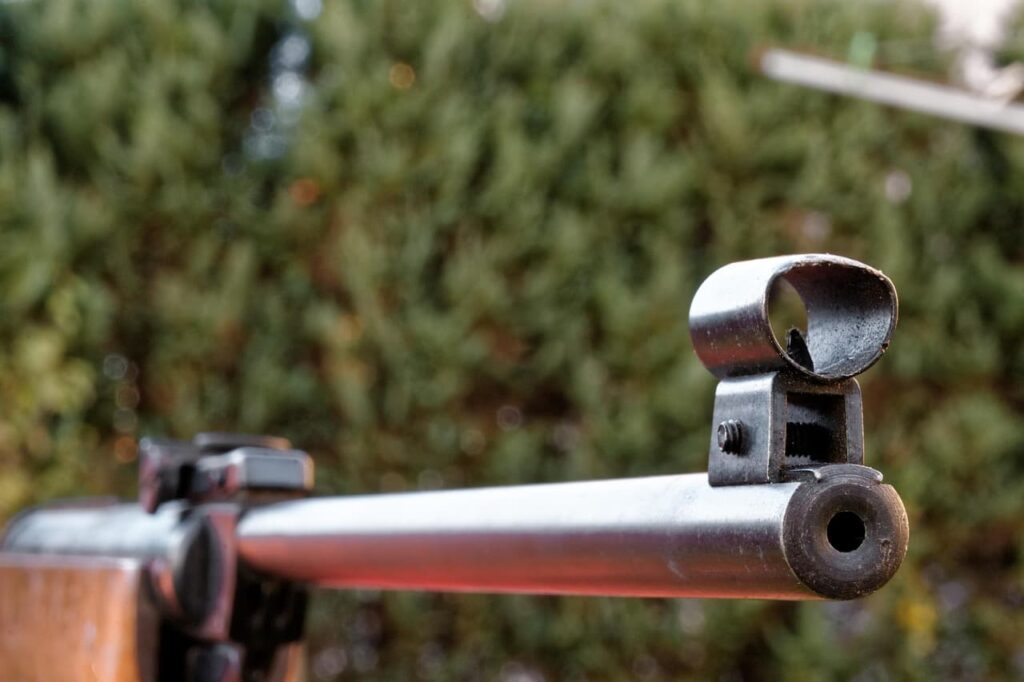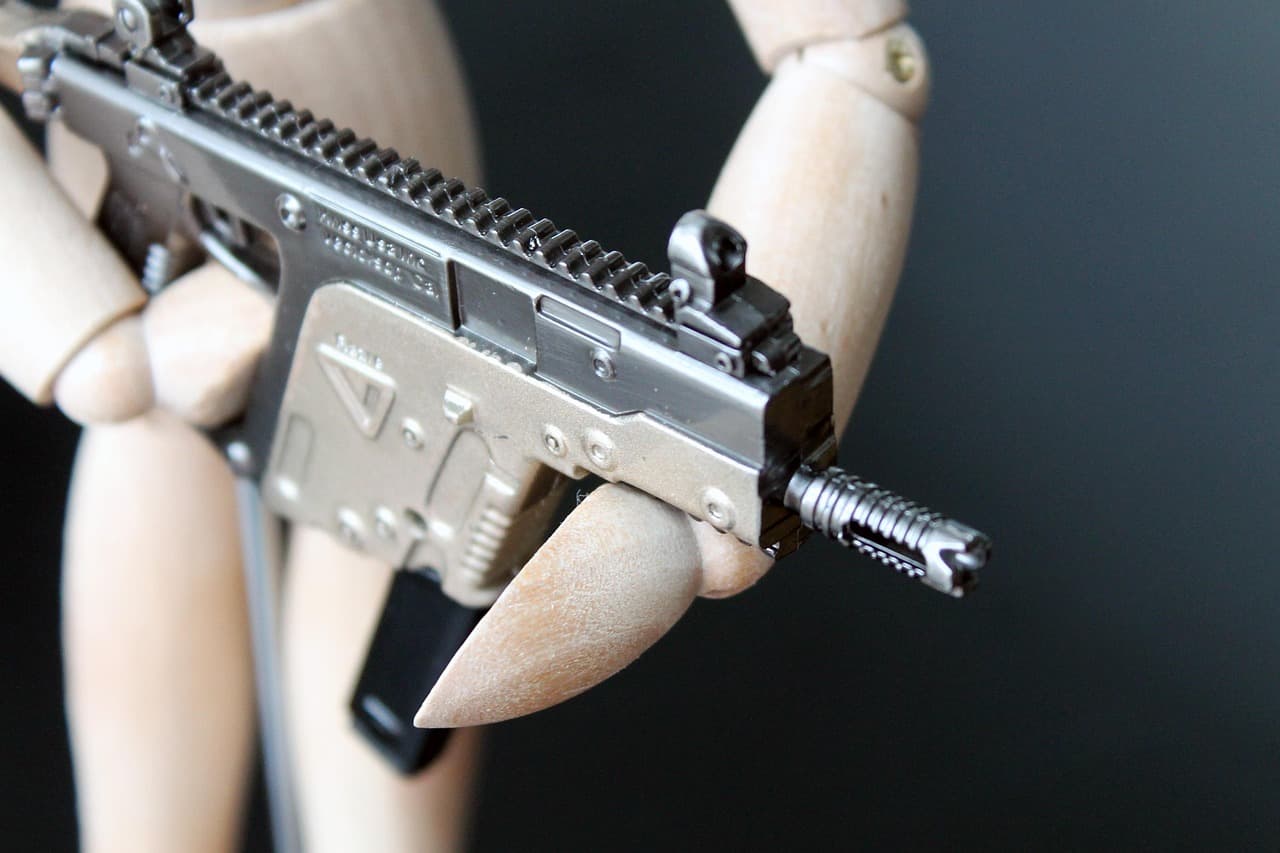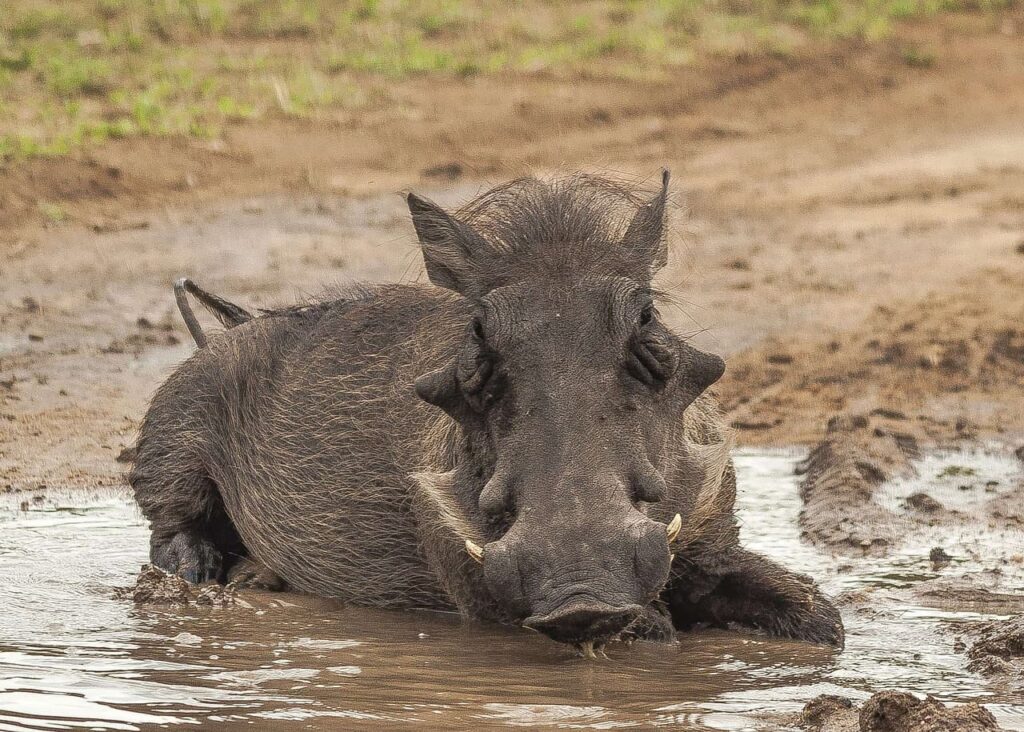When choosing a firearm for hunting, there are several legal requirements you must comply with before you can even head into the field. These laws are in place to ensure safe, ethical, and regulated hunting practices, and failing to follow them can result in fines, hunting license revocation, or even criminal charges. So before you start comparing rifles or shotguns, it’s crucial to understand your legal obligations, which vary by state, game species, season, and the type of firearm you intend to use.
First and foremost, hunters must have the proper license. A general hunting license is typically required, but some game, like big game or migratory birds, require additional tags or stamps. Beyond licensing, every state outlines what types of firearms are allowed for specific hunts. For example, some states may require a centerfire rifle of a minimum caliber for deer or larger game, while others permit shotgun-only hunting in densely populated zones.
There are also often restrictions on magazine capacity, allowable accessories (like suppressors or night optics), and the use of semi-automatic weapons. In addition, transporting firearms legally, unloaded, secured, and sometimes with a locked case, is another essential requirement. Whether you’re using a bolt-action rifle, a shotgun, or a muzzleloader, confirming your firearm choice aligns with local regulations is not just smart, it’s required.
How State Regulations Shape Firearm Selection
State wildlife agencies are responsible for managing hunting laws, which means the rules in one area can differ dramatically from another. For example, while Texas might allow hunters to use a semi-automatic rifle with a detachable magazine for hog hunting, New York may prohibit that same firearm entirely for big game. This makes it important to always consult your state’s Department of Natural Resources (DNR) or equivalent authority before buying gear or planning a hunt.
Some states require a specific barrel length, a minimum caliber, or a defined muzzle energy (usually measured in foot-pounds) for a firearm to be legal for hunting certain animals. For instance, deer hunting in Pennsylvania might call for a minimum of .24 caliber centerfire, while elk hunting in Colorado requires a round capable of producing 1,000 ft-lbs of energy at 100 yards.
Also, some zones within a state might only allow archery or shotgun hunting due to urban density or safety concerns. If you hunt multiple states, you’ll need to ensure each firearm you own complies with the specific regulations in each jurisdiction. Don’t assume that a rifle that’s legal in one state is automatically legal in another.
Licensing and Hunter Education
Before you can legally hunt with a firearm, you need more than just the right equipment, you need proper certification. Nearly every state in the U.S. mandates that first-time hunters complete a state-approved hunter education course before buying a license. These courses cover safe handling, ethical hunting practices, wildlife conservation, and firearm safety.
Once completed, you’ll typically be issued a hunter education number that stays with you for life. This number is often required when purchasing hunting licenses or tags online. Some states may also have special youth or senior hunting licenses, and others allow license reciprocity if you’ve completed a course in another state.
Licensing also determines what game you can hunt. You’ll need species-specific tags or endorsements to hunt deer, bear, turkey, waterfowl, and more. For migratory birds, you’ll need a Federal Duck Stamp in addition to your state license. When selecting a firearm, make sure it meets the legal criteria for every species you’re licensed to hunt. A 12-gauge shotgun might be perfect for turkey, but could be prohibited for some migratory birds if not properly plugged to reduce shell capacity.
Firearm Types and Legal Limitations
The legality of a firearm for hunting isn’t just about caliber, it includes its action type, magazine size, and more. For instance, many states limit the use of semi-automatic rifles, particularly for hunting big game. In Pennsylvania, hunters were only recently allowed to use semi-automatic rifles for some small game and varmints, but not for deer or bear.
Shotguns are widely used in states that limit rifle hunting. However, these must often be fitted with plugs to restrict magazine capacity to three shells total. That means your firearm can only hold one in the chamber and two in the magazine at any given time. This rule is particularly important for bird hunters and waterfowlers, as failing to use a plug can lead to citations and hefty fines.
Muzzleloaders and black powder rifles are legal during special hunting seasons in most states. However, they, too, have regulations, such as minimum caliber sizes (.44 or larger) and ignition systems (percussion vs. flintlock). Inline muzzleloaders may not be permitted in more traditional or primitive-only seasons, so knowing the exact specs of your weapon and how it fits within the law is critical.

Ammunition Rules You Can’t Ignore
Even if your firearm is legal, your choice of ammunition must also meet state and federal requirements. Some areas require hunters to use non-toxic shot (such as steel or bismuth) instead of traditional lead shot, particularly when hunting waterfowl or in wetlands. This rule is enforced by the U.S. Fish and Wildlife Service and aims to prevent environmental contamination and harm to non-target species.
For big game, expanding bullets, such as soft points or hollow points, are often required by law to ensure a clean, ethical kill. Full metal jacket (FMJ) ammunition is generally prohibited because it doesn’t expand and can cause unnecessary suffering. Likewise, minimum bullet weights and muzzle energy levels are often specified to ensure effective penetration on larger animals.
Reloading your own ammunition? That’s perfectly legal in many states, but you’re still required to follow all applicable ammo regulations. It’s your responsibility to ensure every cartridge you load is safe, functional, and legal for the species and area you’re hunting.
Transporting Firearms Legally
Hunting laws don’t just cover the act of pulling the trigger, they extend to how you carry and move your firearm. Most states require firearms to be unloaded during transport, and in some cases, they must also be cased. This applies whether you’re driving to the woods, hiking through public land, or resting in a blind between shots.
Federal laws also come into play if you’re crossing state lines. The Firearm Owners Protection Act (FOPA) allows legal transport of unloaded firearms across state borders, provided they are stored in a locked container separate from ammunition. However, local laws may still impose stricter requirements.
If you’re traveling by plane to hunt out of state, the TSA requires firearms to be declared, unloaded, and locked in a hard-sided case. Ammunition must be stored separately and follow airline-specific guidelines. Don’t assume your hunting license gives you immunity, air travel and state laws demand strict compliance.
Accessories, Optics, and Other Gear Considerations
In today’s world of high-tech hunting, accessories like suppressors, night vision scopes, and thermal optics have become more popular, but their legality varies significantly. Suppressors, for example, are legal for hunting in some states but require federal registration under the National Firearms Act. Night vision and thermal scopes are often restricted or banned for use during certain seasons or on specific lands.
You may also encounter regulations around laser sights, electronic calls, or digital rangefinders. Even the type of scope you attach can be an issue in some traditional hunts, such as primitive muzzleloader seasons where optical sights are banned.
Before purchasing any of these items, double-check state and federal rules. Your outfitter or guide may also provide helpful advice if you’re hunting in a new region. Bottom line, if it enhances your shooting or tracking ability, it’s probably regulated.
Conservation Laws and Ethical Hunting Practices
Legal firearm use in hunting isn’t just about technical compliance, it’s also about supporting ethical and sustainable hunting practices. State agencies use regulations to maintain healthy wildlife populations, protect public safety, and uphold the principles of fair chase. That’s why hunting over bait, using electronic calls, or spotlighting animals at night is illegal in many jurisdictions; these actions can give hunters an unfair advantage or disrupt ecosystems.
Some states also have “one shot, one kill” rules where it’s illegal to fire multiple shots into a herd to take more than one animal, or you may be restricted in how close you can shoot near roads, homes, or public structures. All of these rules are in place to prevent accidents, preserve public trust in hunting, and ensure game animals are harvested responsibly.
By understanding and respecting these legal frameworks, hunters help uphold a tradition that stretches back generations, one based not only on skill and adventure but on accountability and respect for wildlife.

Conclusion
When selecting a firearm for hunting, it’s not enough to focus on power, range, or comfort. You must also understand the legal framework that governs how, when, and where that firearm can be used. From licensing and firearm type to ammunition rules and transport regulations, each step of the process carries specific requirements you’re responsible for knowing and following.
By staying informed and compliant, you ensure your hunting experiences are safe, respectful, and within the bounds of the law. More than that, you become a better steward of the land and wildlife that make hunting possible in the first place.




